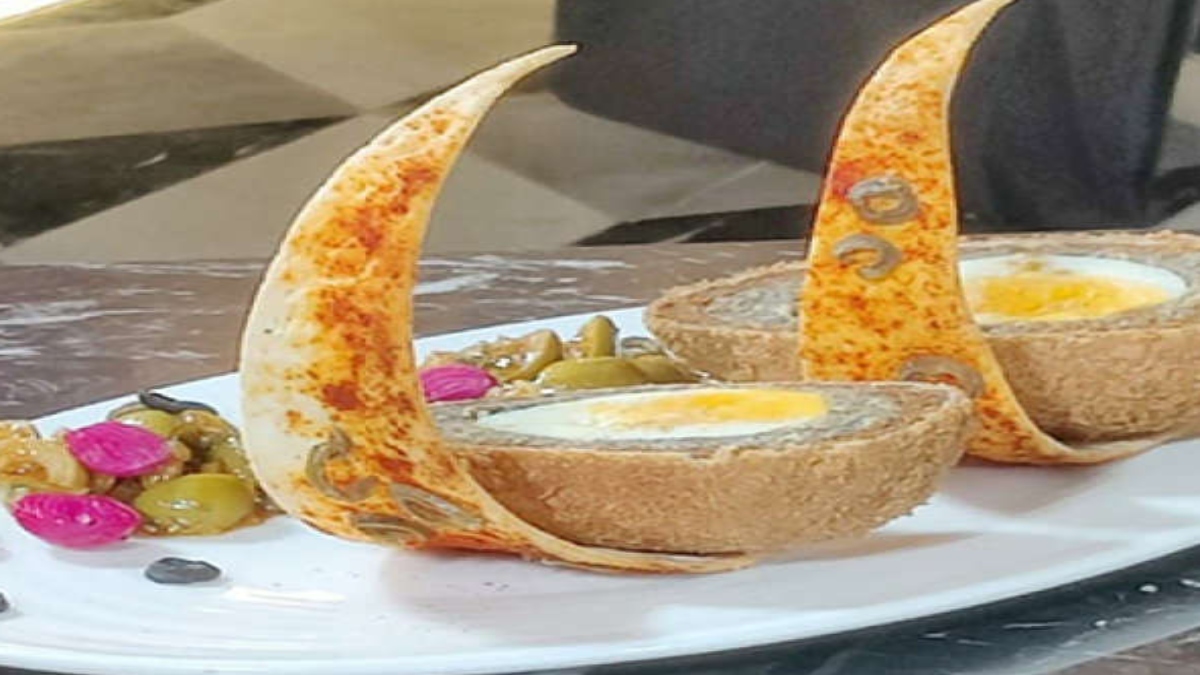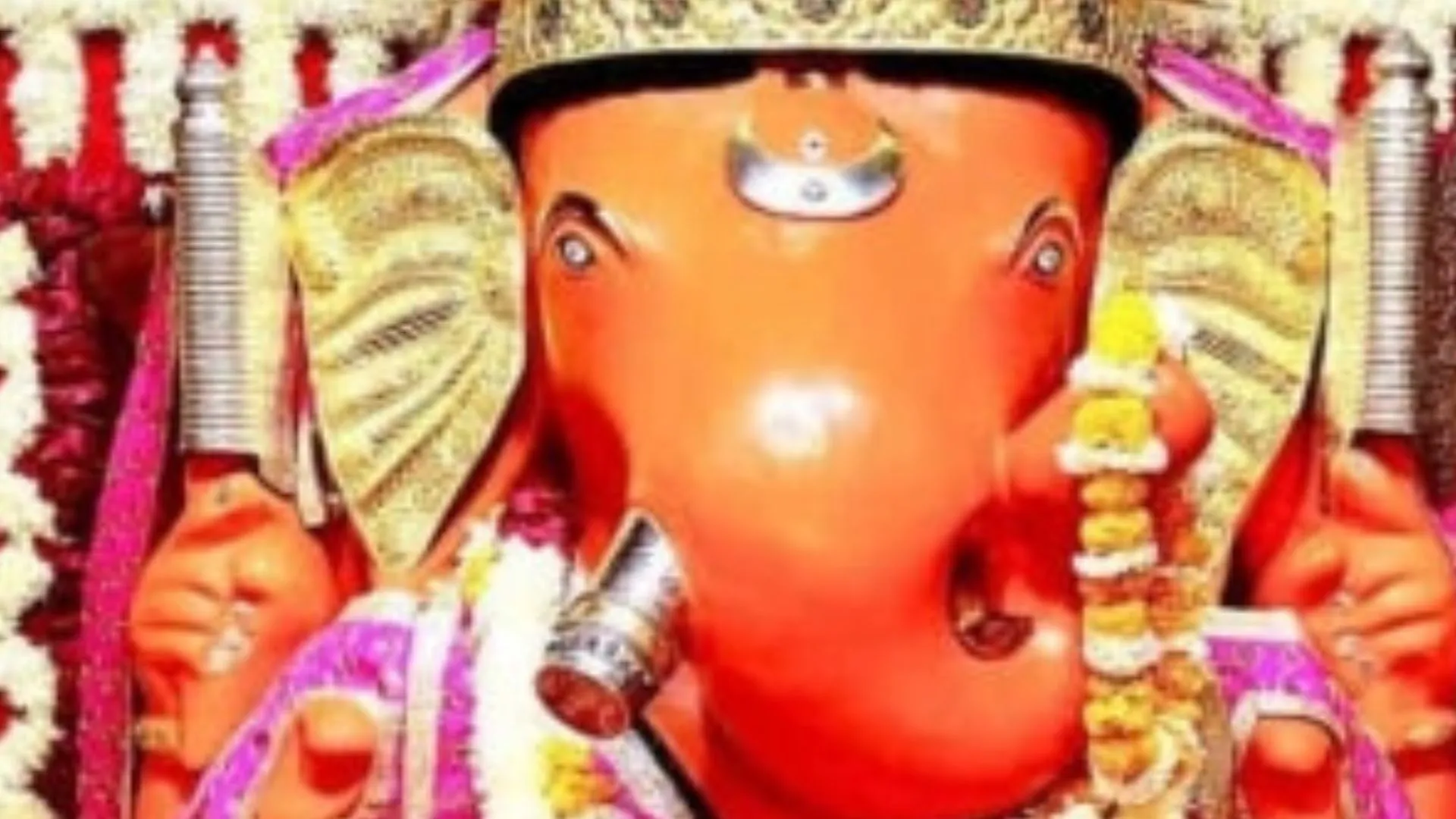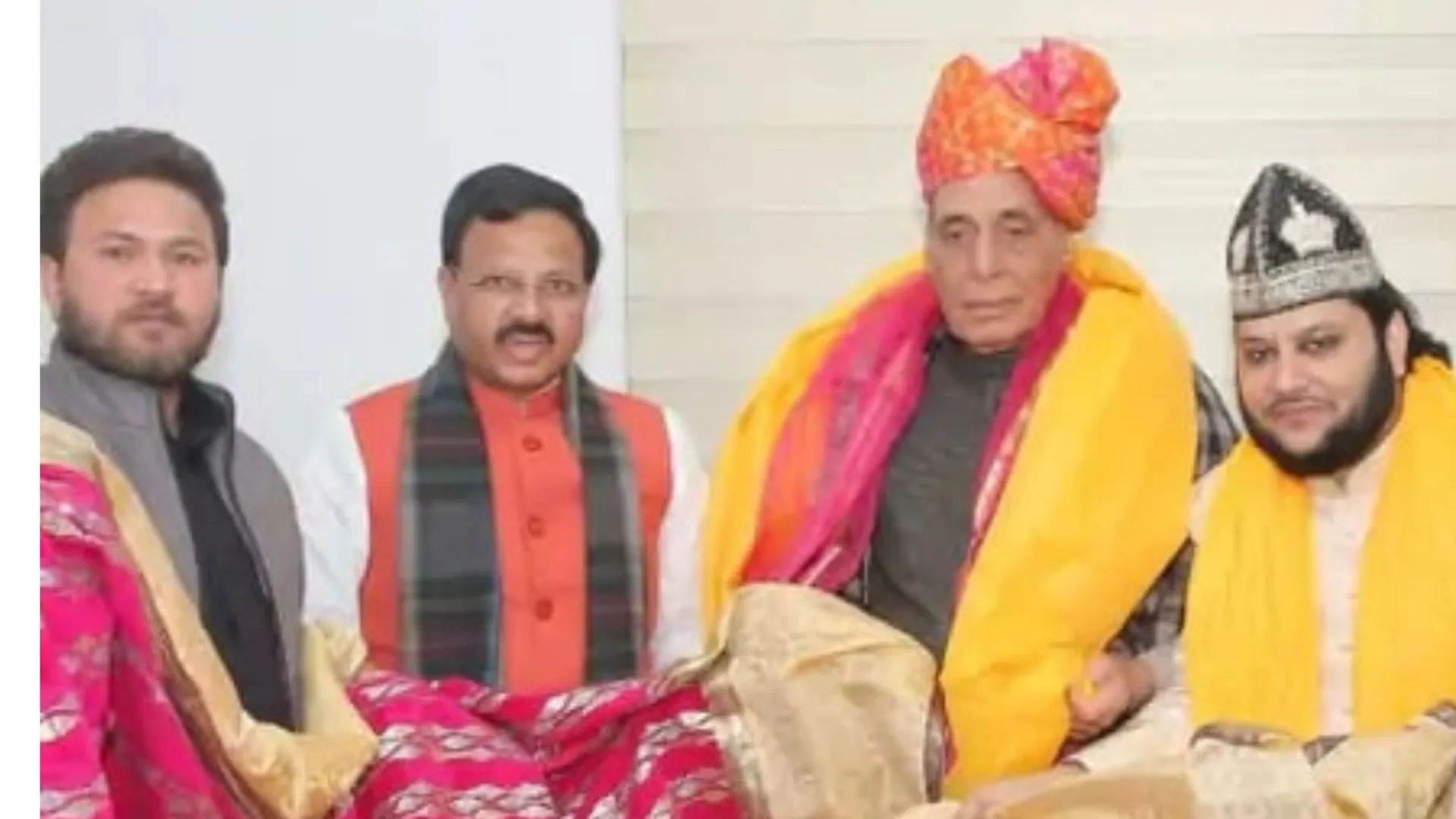Some things never go out of fashion. A fad, a fleeting vogue may distract us for a while but then the classics reclaim their throne. This is what seems to be happening in the food world with ‘retro’ registering a strong emerging trend. If architecture to apparel, automobiles to music, heads are turning backward to prepare for the future, can food be far behind?
Multiple factors have contributed to this phenomenon. The relief from covid restrictions has encouraged people to boldly venture out trying out long-lost flavors. The lockdowns left no choice but to cook at home. Forgotten family heirloom recipes were tried to break the monotony and family lore was shared reviving strong nostalgia. Before the covid trauma, the search for ethnic roots was largely restricted to NRIs and PIOs in the Diaspora. Now youngsters living in India are also searching for their roots and coming to terms with their multiple identities. The best way to embark on this exciting exploration is through food.
In the past, it has been said to be a foreign country but hard we try to shake it off, it clings to us. Our contemporary identities are shaped by legacy and heritage. We are, what we eat or aspire to eat!
Before we proceed further perhaps, it is necessary to have definitional clarity. In the West, the terms used to describe members of different generations are Baby Boomers, Millennials, Generation X, and Z. When the return of the Retro foods is discussed, it is focused on what the people ate in the 1950s, 1960s, 1970s, 1980s, and the 1990s. In the Indian context, it is far more relevant to talk of Midnights Children (born in 1946-47), Post Emergency (1977), Born Free in Globalised Word (1991- 2000), Proud Patriots post-2001), with a strong sense of entitlement and evangelical fervor to convert the world.






















